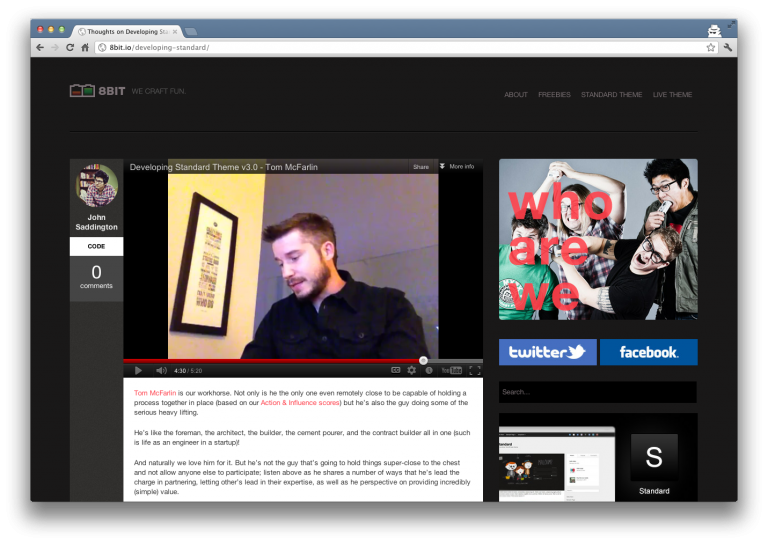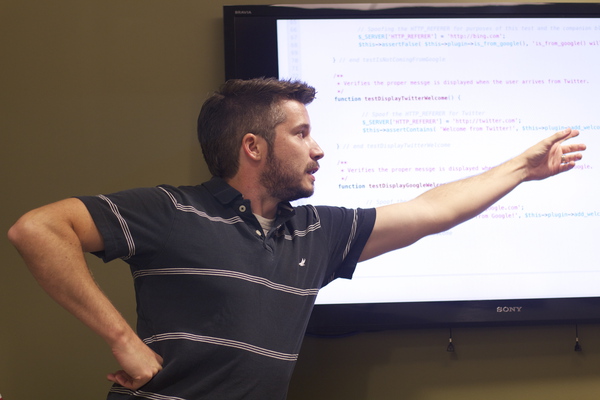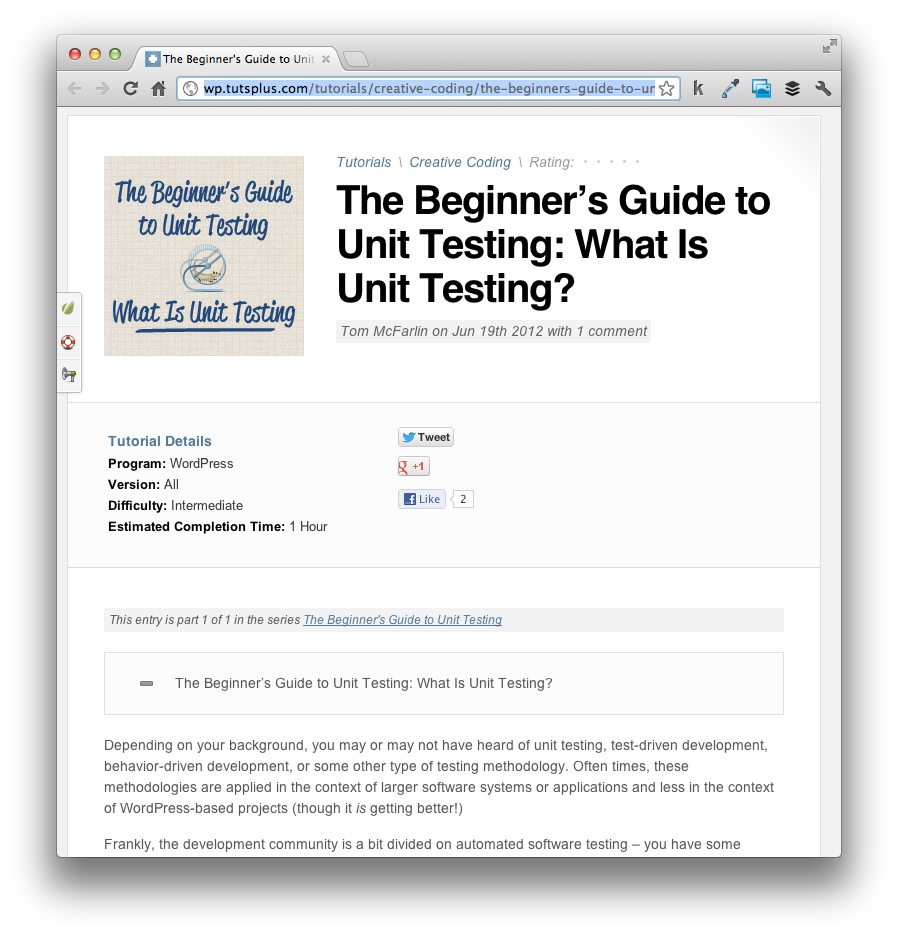This week, my startup – 8BIT – will be releasing the third version of our flagship product, Standard For WordPress.org.
In fact, I’ve been running this site on the previews that we’ve been releasing in order to be actively kicking the tires throughout development (John has shared his thoughts on dogfooding, too).

Over the course of the time that we’ve been building Standard For WordPress.org, the team has undergone a number of internal changes to help us better manage our project, codebase, deadlines, testing procedures, etc all of which I’ll likely discuss in a future post.
Additionally, we’ve partnered with Automattic as well as a few other notable guys in the WordPress community to make sure this release is as solid as possible. Continue reading



